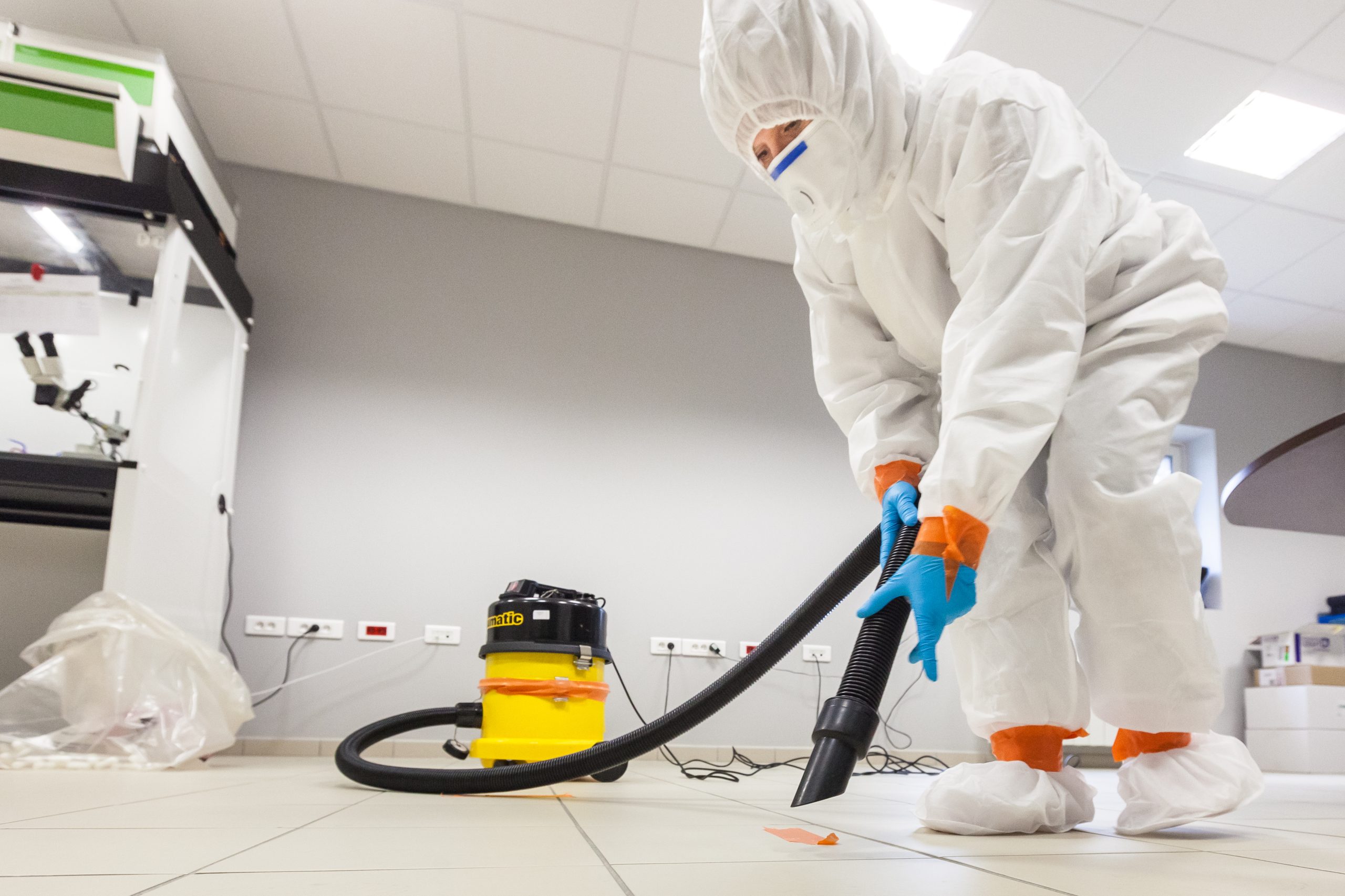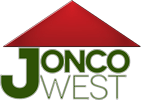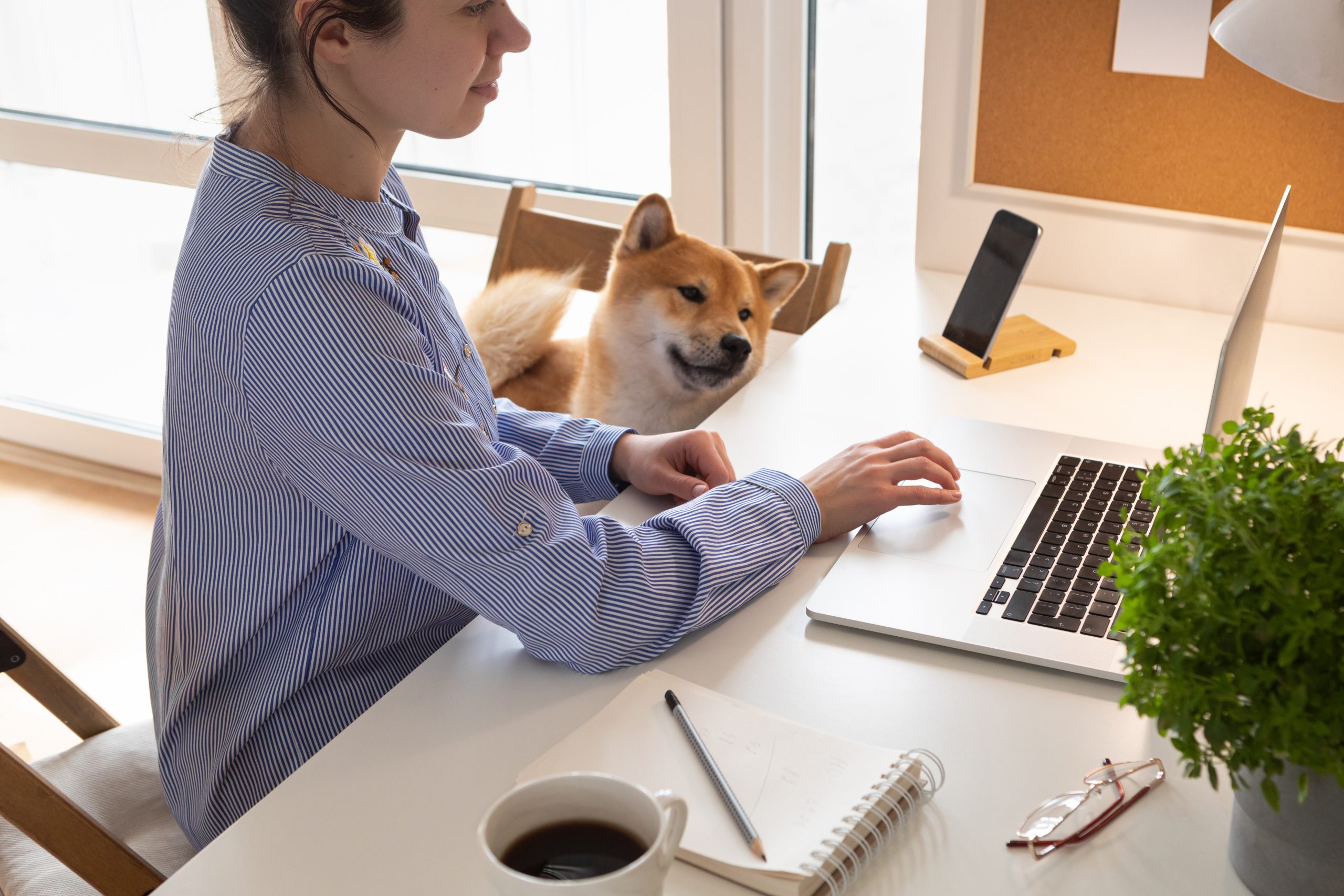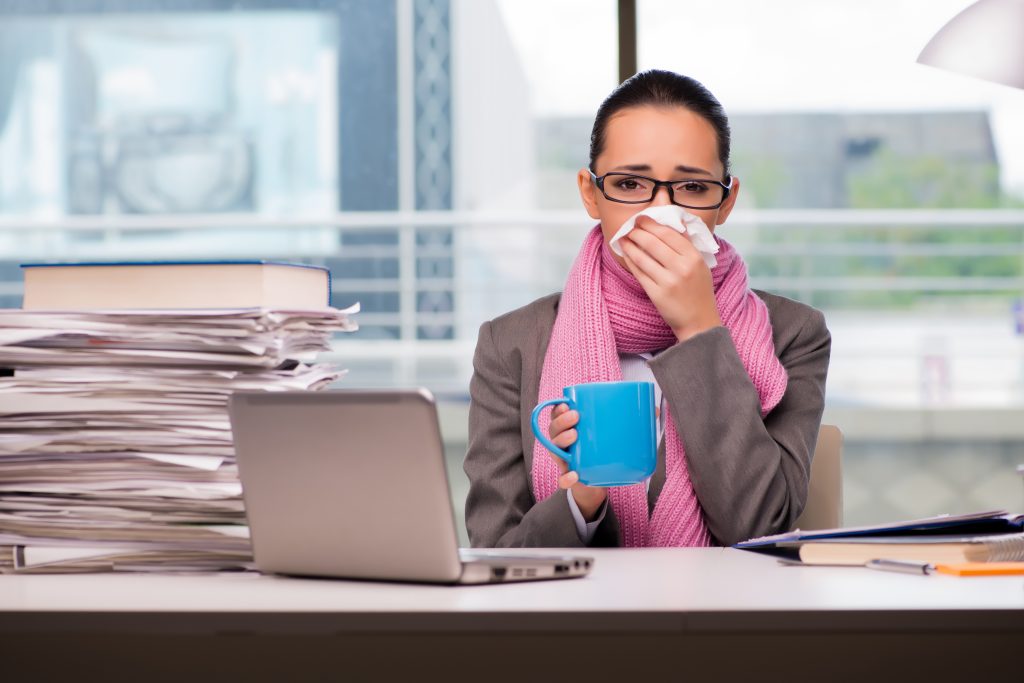
Closer Look at Cleanrooms
You might hear the term cleanroom get tossed around, but what does it actually mean? Cleanrooms require that contaminants in the air are highly controlled in order to meet specific standards (more details on this in a moment). Without strict monitoring, contaminants can destroy cleanroom processes and equipment in specialized environments. Several industries require controlled environments, including food production, scientific research, pharmaceuticals, biotech, and manufacturers (aerospace, military, medical devices). We’ll take a closer look at types of cleanroom contamination before we dive into helpful best practices to ensure you keep contaminants out.
How Cleanrooms Get and Stay Clean
Cleanrooms work by using High Efficiency Particulate Air (HEPA) filters to sift particles out of the air as it enters the room. HEPA filters are 99.97% effective at eliminating contaminants from the air, such as dust, pollen, bacteria, mold, and other airborne particles.
In addition to efficient filters, commercial cleaning services help cleanrooms meet standards. At Joncowest, the cleanroom cleaning program is called TrueClean. Here are the steps we follow:
- Before starting, the janitorial staff suits up in sterile gowns before entering the cleanroom.
- Next, any large or visible trash is swept into receptacles and disposed of properly.
- Staff applies approved disinfectants to counters, walls, and floors and allowed to dry;
- We use non-shedding cloths on walls and counters and a sterile mop for floors.
- Staff disinfects ventilation system grates, but we don’t access internal components because some cleanroom ventilation systems are specially related to the function of the cleanroom
- Outside air is filtered through a HEPA or ULPA system before it’s pumped into the cleanroom. Contaminated air within the cleanroom gets forced outside by registers in the room or it’s recirculated through the filters again.
Cleanroom Classifications
Cleanroom classifications refer to the cleanliness of the air, and the International Organization for Standardization (ISO) establishes these standards. ISO 14644-1:2015 specifies the classification of air cleanliness in terms of concentration of airborne particles in cleanrooms and clean zones. A cleanroom has a controlled level of contamination that is specified by the number of particles per cubic meter at a specified particle size. As a reference, typical outside air in a city environment contains 35,000,000 particles per cubic meter that are 0.5 micron and larger in diameter. This level of clean air corresponds to an ISO 9 cleanroom–toward the lowest level of cleanroom standards.
There are different ISO classes ranging from ISO 1 to ISO 9 with ISO 1 having the least amount of contamination of the smallest particle size and ISO 9 for typical room air. Check out this blog for a detailed table about ISO specifications.
Need Cleanroom Help?
If you have a cleanroom that needs professional cleaning, we’re available to help. Contact us for a TrueClean estimate that can meet your cleanroom standards! We’re a leader in cleaning critical environments and can ensure your cleanroom meets your standards.


